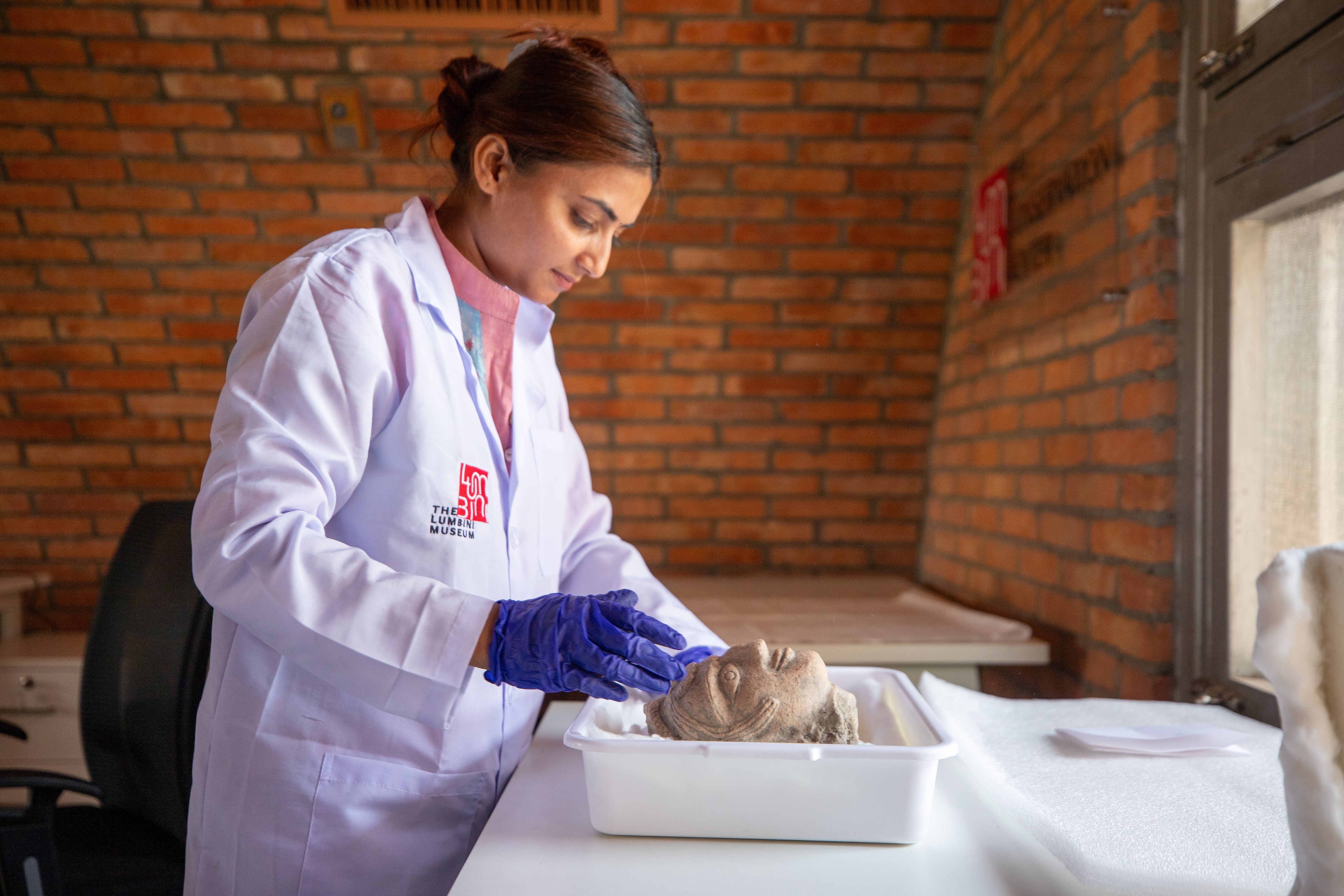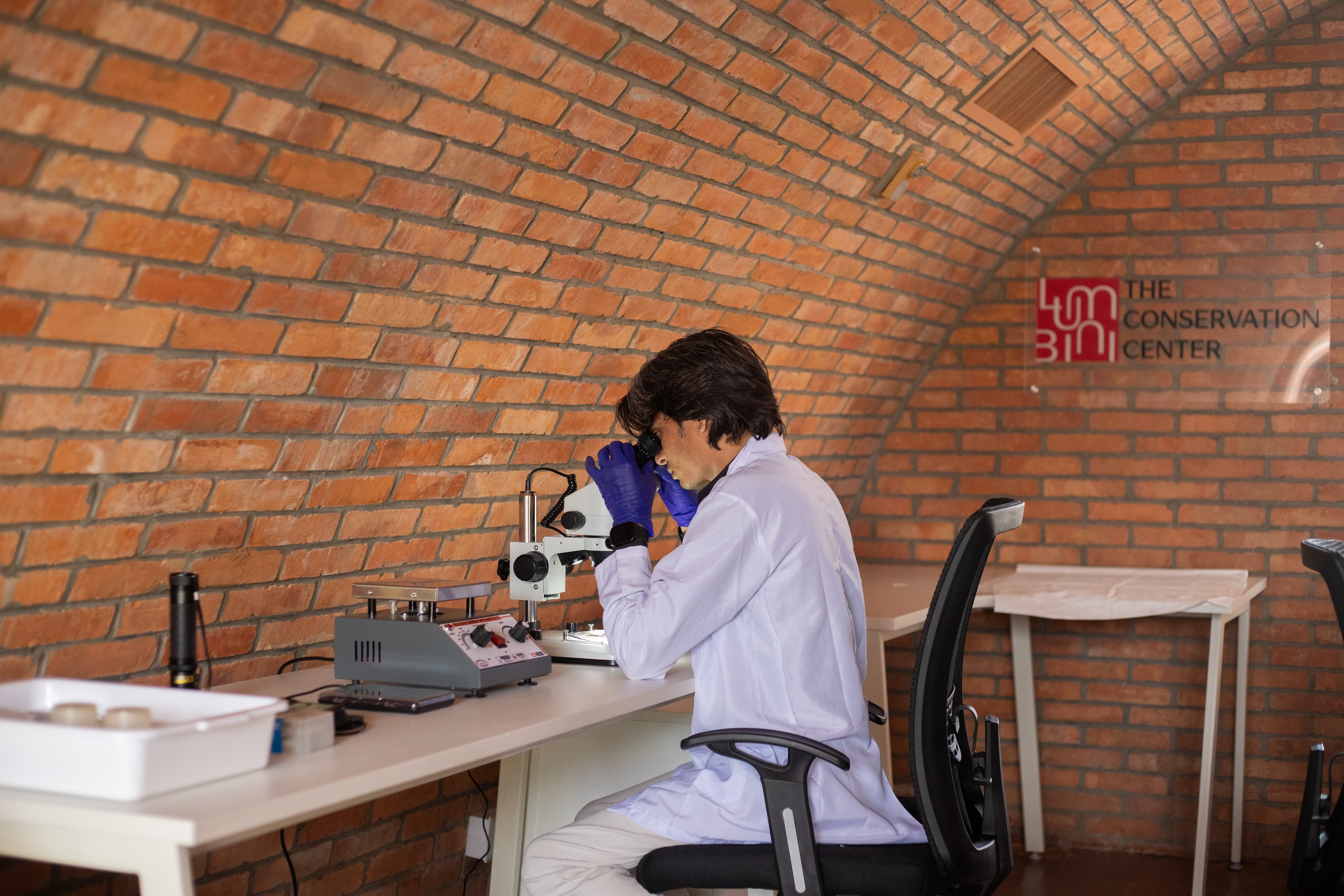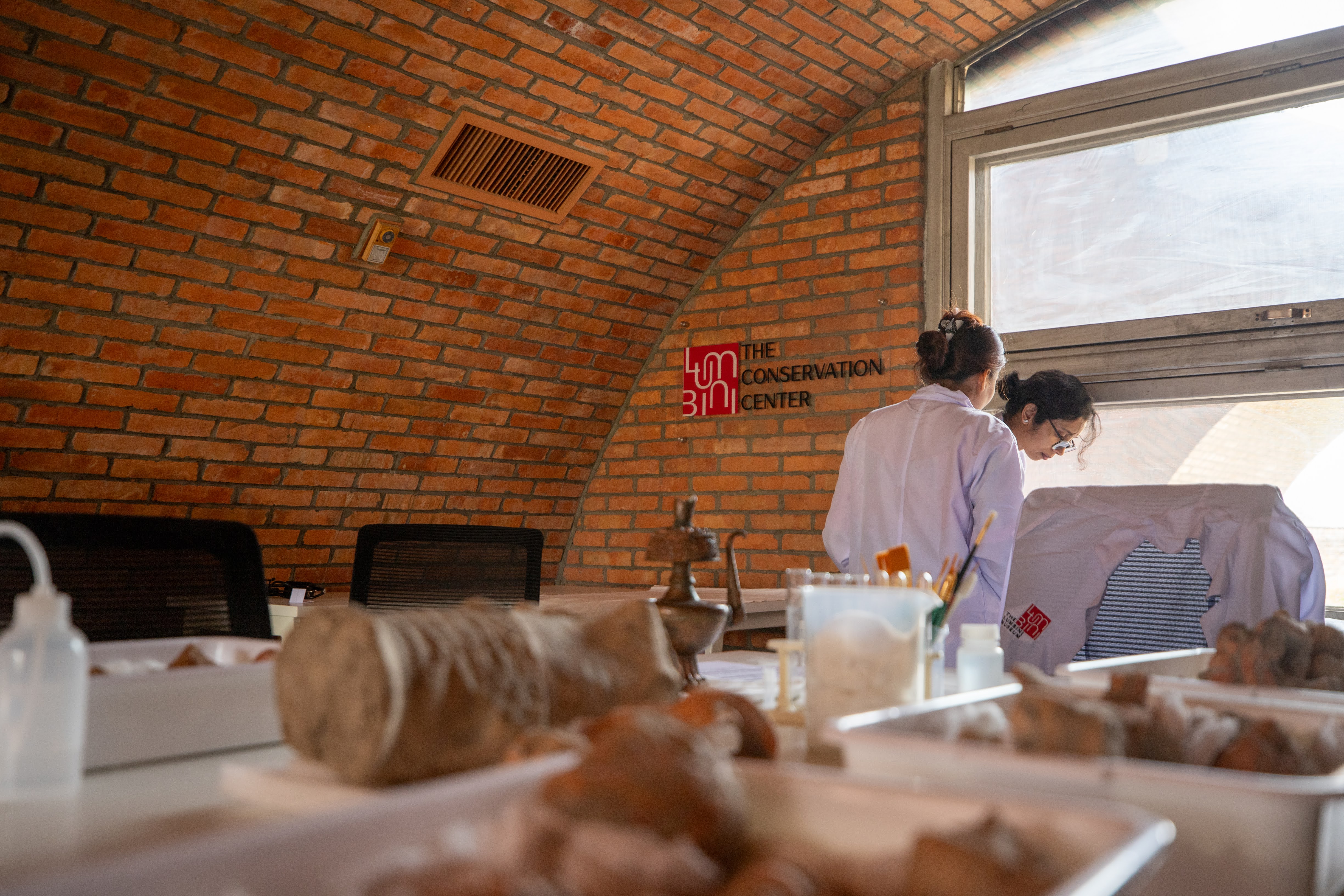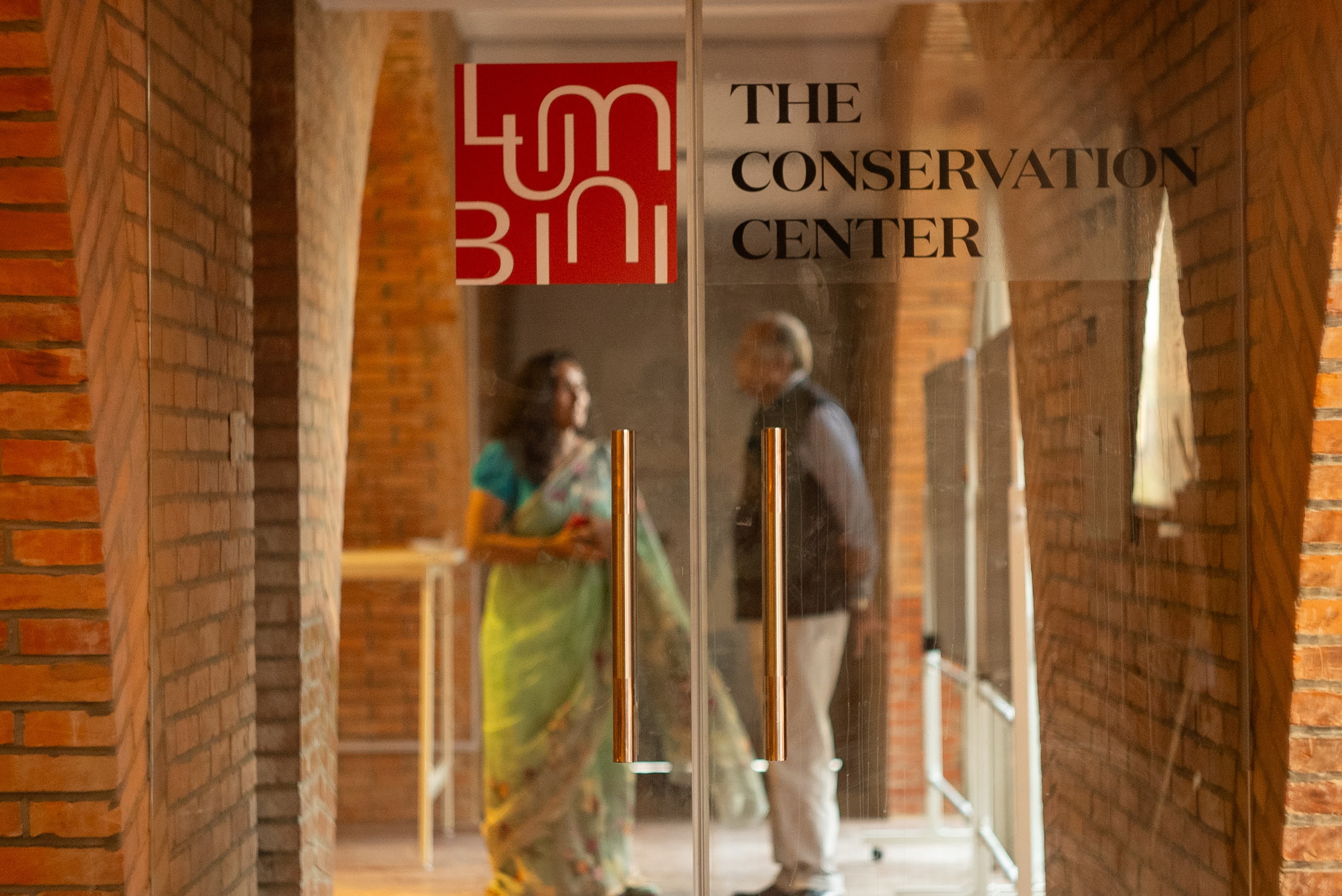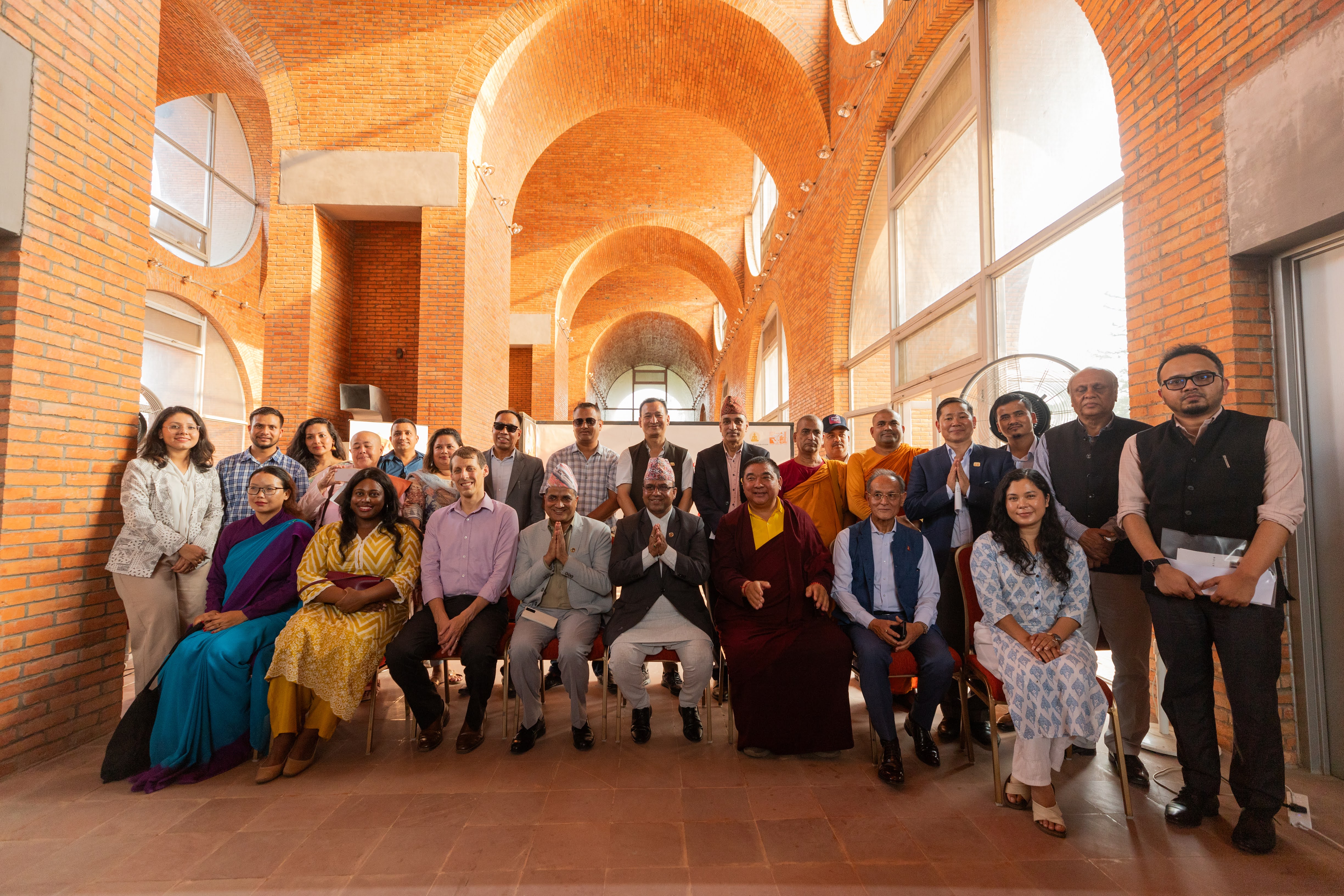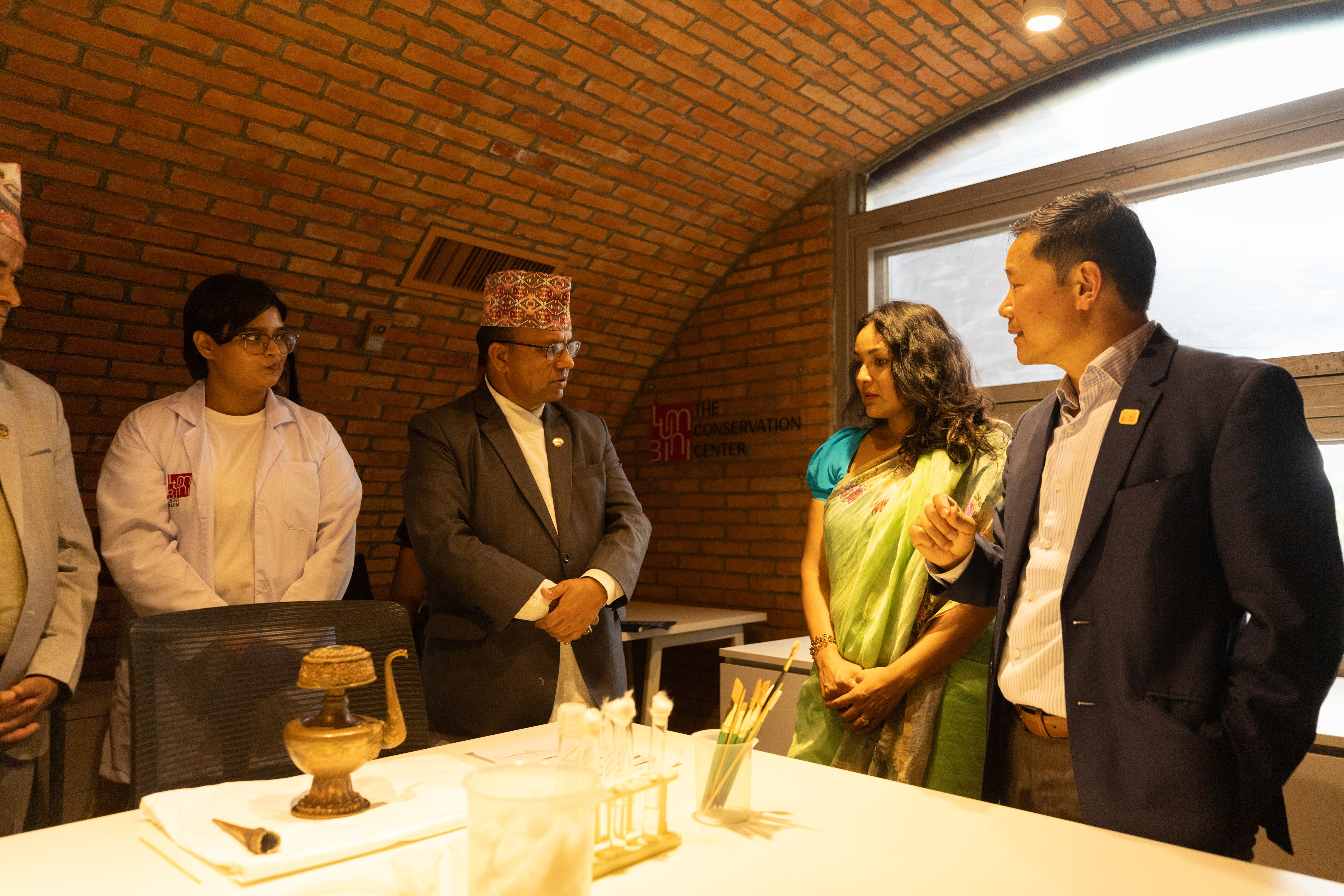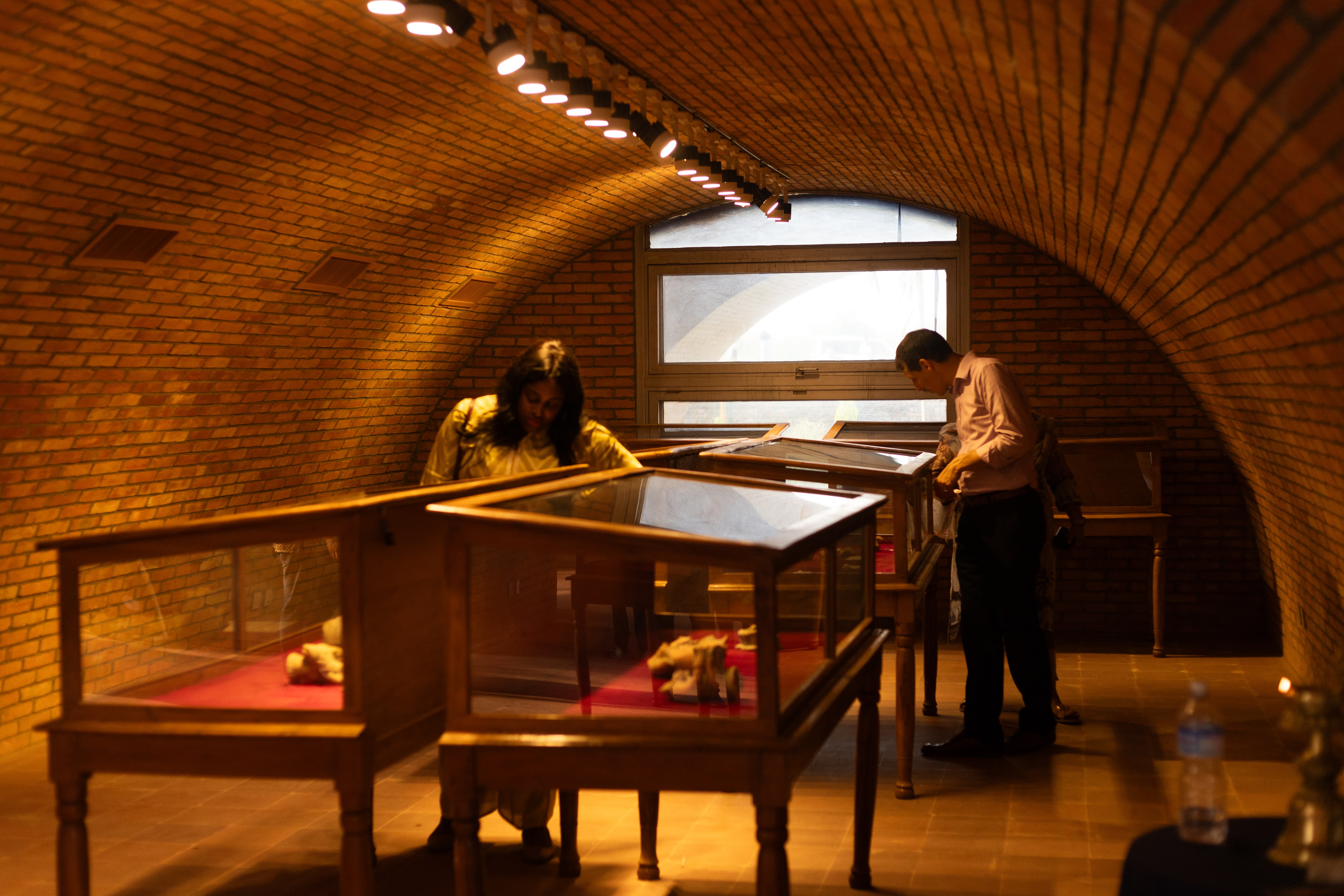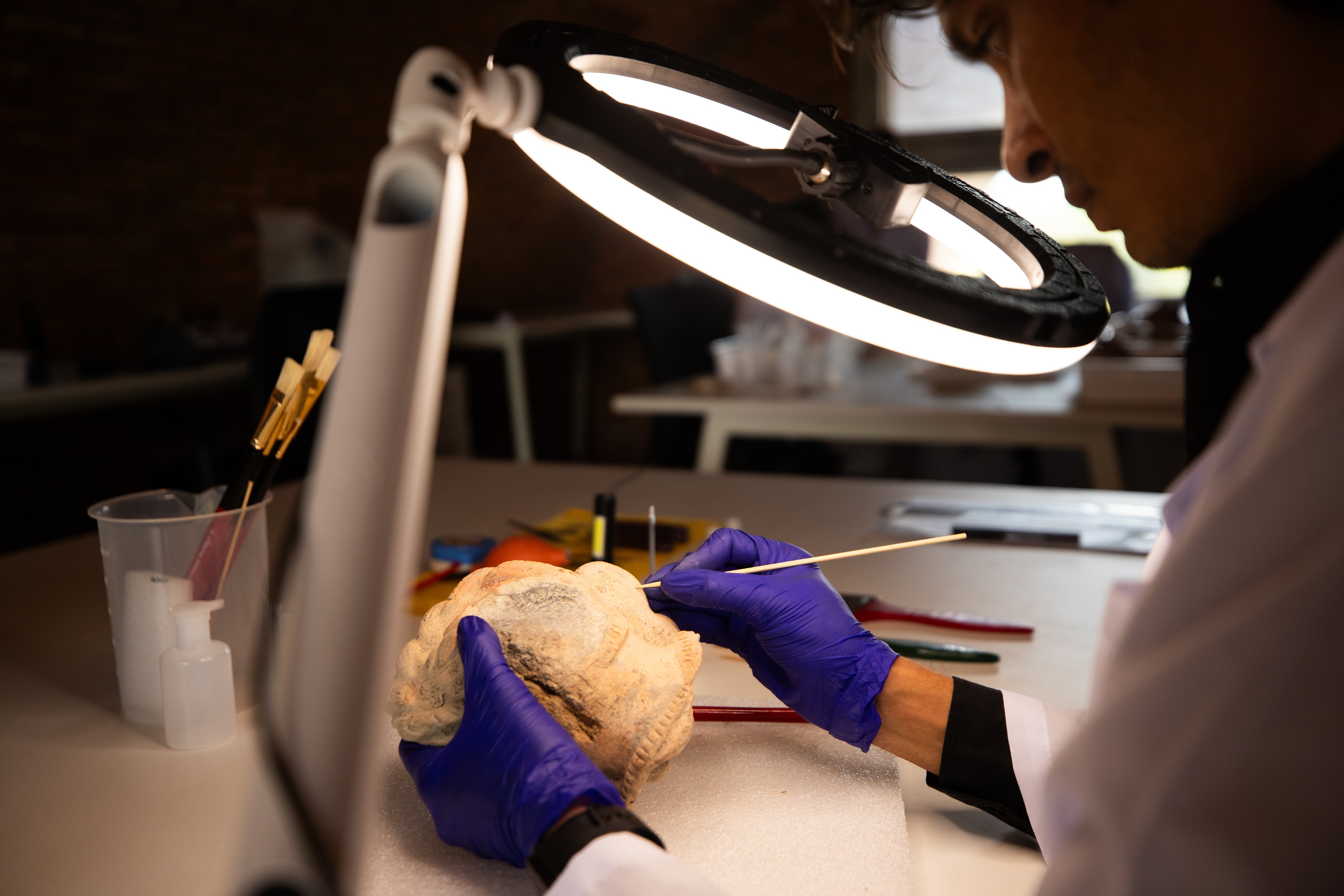LUMBINI, May 11: A milestone in Nepal's cultural heritage preservation efforts was marked with the official launch of a state-of-the-art Conservation Center within the premises of the Lumbini Museum in Lumbini, the birthplace of the Buddha and a UNESCO World Heritage Site.
This specialized facility, launched on the auspicious eve of Buddha Jayanti, is the first of its kind in Nepal. It will serve as a hub for the scientific preservation, conservation, restoration, and study of the region's invaluable archaeological heritage—including terracotta artifacts, stone sculptures, and architectural remains—spanning over two millennia of Buddhist history, according to the organizers.
Located at the heart of one of the world's most sacred and historic spiritual sites, the lab addresses the urgent conservation challenges related to objects discovered through extensive archaeological efforts.
Construction of Indian Buddhist culture and heritage center in...

Equipped with diagnostic tools, restoration workspaces, and climate-controlled storage, the lab will conduct preventive and remedial conservation work; provide training and capacity-building for local heritage professionals and students to promote sustainable conservation; and facilitate research collaborations with national and international institutions.
"This lab is more than just a facility—this is part of a larger effort to build conservation expertise in the country through training programs for local professionals and students," said Jason Meeks, Deputy Chief of Mission at the U.S. Embassy in Nepal. He further added that this will "ensure that this work continues well into the future."
The project is a collaborative effort involving The Buddha Foundation, the U.S. Embassy Ambassadors Fund for Cultural Preservation (AFCP), the Lumbini Development Trust (LDT), and the Department of Archaeology (DoA), with support from Anupam Heritage Lab (AHL) experts and local stakeholders.
The Lumbini Museum Conservation Center aims to become a regional center of excellence and collaboration for Buddhist heritage conservation in South Asia.
Addressing a function organized to launch the museum, Minister for Culture, Tourism, and Civil Aviation Badri Pandey highlighted that the Conservation Center will strengthen research, conservation, and education in Nepal and inspire the country to aspire to become a leader and center of conservation excellence in all of South Asia.




